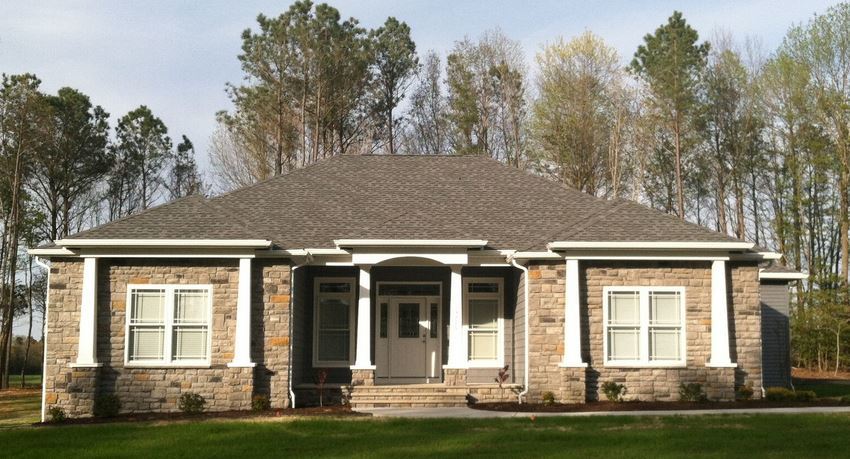
Home Construction: Built to Endure Hurricanes
A few surviving houses caught the eye of media outlets around the world, seemingly untouched by Hurricane Michael’s destruction. What made these houses different?

Fox Block ICFs Commercial Buildings are Strong, Durable, and Comfortable

Constructing Footings with Fox Blocks Foundations

Waterproofing Below-Grade Insulated Concrete Forms

How to Get Energy-Efficient Walls with Insulated Concrete Forms

THE PRESERVE AT MOUNTAIN VISTA
A series of homes were built together to prove the viability of ICF contributing to affordable, Net Zero homes.

MILTON RESIDENCE
The owners wanted an affordable custom home that could withstand Chesapeake Bay weather.
Why is the concrete limited to a placement height or lifts of 4 feet (1.2 m)?
To alleviate the pressure from the liquid concrete, the concrete is placed in layers or ‘lifts’. The first lift is limited to 4′ (1.2 m) of concrete around the perimeter of the building. This allows approximately one hour for the concrete to set-up before continuing with the next 4′ (1.2 m) lift. The lower lift provides support for the next lift as the concrete is placed continuously around the building in consecutive lifts to the top of the wall.
How do I protect the ICFs below grade?
All ICF walls below grade, that have habitable space on one side (basement), must have a waterproofing / dampproofing membrane installed. For walls that do not have habitable space on one side (crawl space, frost walls, etc.) the EPS can be left exposed to the earth. The EPS will not deteriorate when exposed to the earth.
Do I need an engineer to design and stamp Fox Blocks building plans?
Fox Blocks are listed in the building codes (IRC- Sections R404, R611 or NBCC Part 9) with specific applicability limits for residential construction. If the project meets the applicability limits within the building code, a Professional Engineer may not be required (dependent on local building department requirements). A building official has the right to request engineering and in some regions all projects require a professional’s stamp. For any projects that exceed the applicability limits, a Professional Engineer is required for the structural design. Check with your local building department.